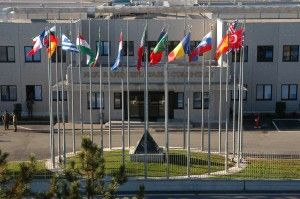 Multinationality as a key of success is far longer the best impression depicting the characteristics of the NATO Rapid Deployable Corps – Italy (NRDC-ITA) based in Ugo Mara Barracks, in Solbiate Olona (Varese), whereas “ubique celere”, the specific Latin motto to express rapidity in deployment to wherever it is needed, comes in this case immediately after as a natural consequence of a perfectly balanced multinational military environment.
Multinationality as a key of success is far longer the best impression depicting the characteristics of the NATO Rapid Deployable Corps – Italy (NRDC-ITA) based in Ugo Mara Barracks, in Solbiate Olona (Varese), whereas “ubique celere”, the specific Latin motto to express rapidity in deployment to wherever it is needed, comes in this case immediately after as a natural consequence of a perfectly balanced multinational military environment.
Therefore, the multinational environment is the strategic factor which enables the NRDC-ITA to operate effectively in contributing to deter an aggression against NATO through 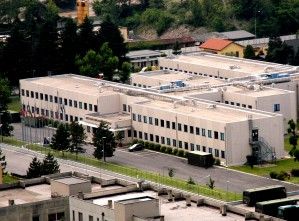 establishment and maintenance of a capability to deploy in a very short time in support of North Atlantic Council (NAC)-approved operations.
establishment and maintenance of a capability to deploy in a very short time in support of North Atlantic Council (NAC)-approved operations.
NRDC-ITA is a high readiness deployable corps with a complete and complex structure.
The Headquarters (HQ) is currently composed of 15 different NATO members countries: Bulgaria, France, Italy, Germany, Greece, Hungary, the Netherlands, Poland, Portugal, Romania, Slovenia, Spain, Turkey, the United Kingdom and the United States of America.
Indeed, HQ NRDC-ITA is a multinational HQ with Italy as the 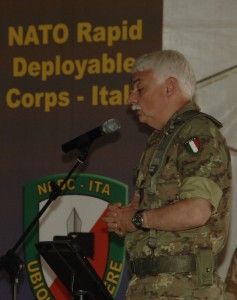 framework nation; Italy provides almost 70% of personnel, and the remaining 30% is made by Officers and NCOs from other Nations contributing to the Headquarters.
framework nation; Italy provides almost 70% of personnel, and the remaining 30% is made by Officers and NCOs from other Nations contributing to the Headquarters.
The NRDC-ITA Commander has the authority to take other nation’s units under command and to assign them tasks in order to accomplish the given mission, according to the Memorandum of Understanding (MoU) signed by contributing nations. He will deploy “in the capacity as either a Land Component Commander (LCC) or a Corps Commander in the context of NATO operations”.
The NRDC-ITA activity is focused to train, exercise, and lead in operation personnel, affiliated forces, and other forces assigned using NATO procedures in order to be ready to conduct defensive, offensive, peace support operations (PSO), humanitarian support, and other operations throughout NATO territory and beyond NATO’s Area of Responsibility (AOR) as directed by the appointed NATO mission commander.
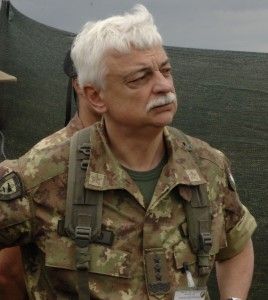 Currently, the NRDC-ITA commander is General Gian Marco Chiarini, even if in the very next future he will transfer his authority to General Giorgio Battisti, the change of command ceremony has been scheduled on 30th of June. General Chiarini has been NRDC-ITA Commander since 27th August 2008; he’s now moving to Brussels, since he’s been appointed as NATO and EU Italian Military Representative to the NATO and EU Military Committees.
Currently, the NRDC-ITA commander is General Gian Marco Chiarini, even if in the very next future he will transfer his authority to General Giorgio Battisti, the change of command ceremony has been scheduled on 30th of June. General Chiarini has been NRDC-ITA Commander since 27th August 2008; he’s now moving to Brussels, since he’s been appointed as NATO and EU Italian Military Representative to the NATO and EU Military Committees.
NRDC-ITA as Land Component Command during NATO Response Force (NRF) rotation
The NATO Response Force is “a highly ready and technologically advanced multinational force made up of land, air, maritime and special forces components that the Alliance can deploy quickly to wherever it is needed”. It’s based on a rotational system; nations 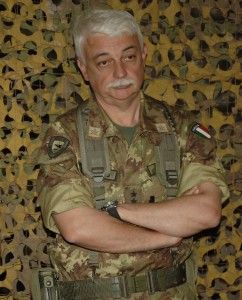 commit land, air, naval or special forces units to the NRF for a six-month period.
commit land, air, naval or special forces units to the NRF for a six-month period.
In this six-month period, the Corps headquarters and portions of the Italian Support Brigade were ready to deploy to a NATO Joint Operational Area on very short notice, under the command of the Joint Forces Command (JFC) based in Naples.
It goes without saying that such a challenging task implies a specifically dedicated national preparation, followed by training with other participants in the multinational force. As units rotate through the NRF, they develop new capability, so the associated high standards, concepts and technologies are progressively spread throughout the Alliance, thereby fulfilling one of the key purposes of the NRF – the further transformation of Allied forces.
Each rotation of the force has to train itself to face a wide range of challenges, and to prepare for so many tasks such as contributing to the 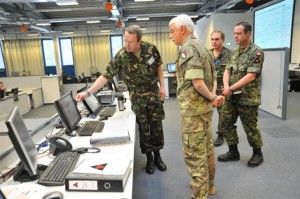 preservation of territorial integrity, making a demonstration of force, participating to peace support operations, disaster relief, protection of critical infrastructure, security operations and, as part of a larger force, conducting initial entry operations.
preservation of territorial integrity, making a demonstration of force, participating to peace support operations, disaster relief, protection of critical infrastructure, security operations and, as part of a larger force, conducting initial entry operations.
As part of the specific training aimed to NRF LCC rotation, NRDC-ITA trained itself in 2010 with a series of exercises named Eagle Meteor 2010, Noble Light 2010 and Steadfast Juno 2010. During the NRF LCC rotation, NRDC-ITA kept fit by conducting three exercises named Eagle Eye 2011, Iron Triangle 2011 and Eagle Settler 2011. All of them demonstrated the NRDC-ITA capability to provide a rapid military response to 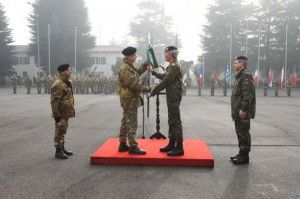 an emerging crisis, whether for collective defense purposes or for other crisis response operations.
an emerging crisis, whether for collective defense purposes or for other crisis response operations.
The NATO Response Force (NRF) initiative was announced at the Prague Summit in November 2002 and approved by Ministers of Defense in June 2003 in Brussels. In 2006, NRF was declared to be at full operational capability with up to 25,000 troops.
Any decision to use the NRF is a consensual political decision, taken on a case-by-case basis by all 28 Allies in the North Atlantic Council (NAC), NATO’s principal decision-making body. It will be tailored as required to the needs of a specific 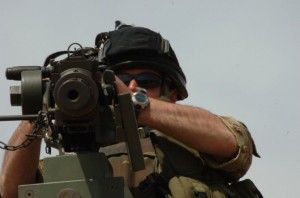 operation, and able to move quickly to wherever needed, but is not a permanent force. The NRF is able to perform well-defined missions on its own, or serve as part of a larger force to contribute to the full range of Alliance operations; it can sustain itself for up to one month and remain operational for longer if re-supplied.
operation, and able to move quickly to wherever needed, but is not a permanent force. The NRF is able to perform well-defined missions on its own, or serve as part of a larger force to contribute to the full range of Alliance operations; it can sustain itself for up to one month and remain operational for longer if re-supplied.
During its last NRF rotation, NRDC-ITA hasn’t got any order to intervene, in spite of the recent turmoil against governments that blew up in Northern Africa. In particular, Libyan crisis focused the international attention, and not only media but also general public showed specific interest in following the situation, while peering at what NAC was going to announce day-by-day for what concern the NRDC-ITA possible deployment.
“At the end no political order was issued – said general Chiarini in his last interview as NRDC-ITA Commander with Paola Casoli il Blog – and we kept on preparing for any task while maintaining our own readiness”.
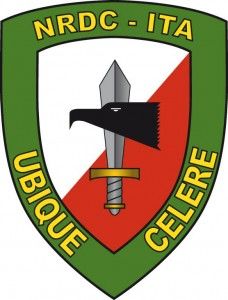 Ready to deploy rapidly everywhere
Ready to deploy rapidly everywhere
“Ubique celere” is the Latin motto one can read close to NRDC-ITA acronym in the green shield of the armed corps. It means everywhere rapidly, referring directly to the main purpose of NRDC-ITA that is to provide a High Readiness Force (HRF) according to NATO’s request.
In 2001, in fact, NATO decided to provide the Alliance with rapidly deployable, mobile, sustainable and flexible multinational forces and command and control capabilities.
In accordance to the request to review the force structure, the Alliance decided to create five new High Readiness Forces (Land) (HRF), to react on short notice to future NATO operational commitments. In November 2001 HQ NATO Rapid Deployable Corps – Italy was established at Ugo Mara Barracks in Solbiate Olona, near Milan, Italy, in conjunction with HRFs in France, Germany, Spain, and Turkey.
Even though the new strategic concept of the Alliance is currently aiming to a reduction of personnel serving in NATO, so to shape a slimmer force structure, this seems not dramatically affecting the HRF concept. “In some measure the downsizing was expected – said general Chiarini – and NATO will face up a great challenge”.
… Part II is following …
Related articles:
NRDC-ITA in Paola Casoli il Blog
NRF in Paola Casoli il Blog
NRDC-ITA exercises in Paola Casoli il Blog
Photo credit: PAO NRDC-ITA




